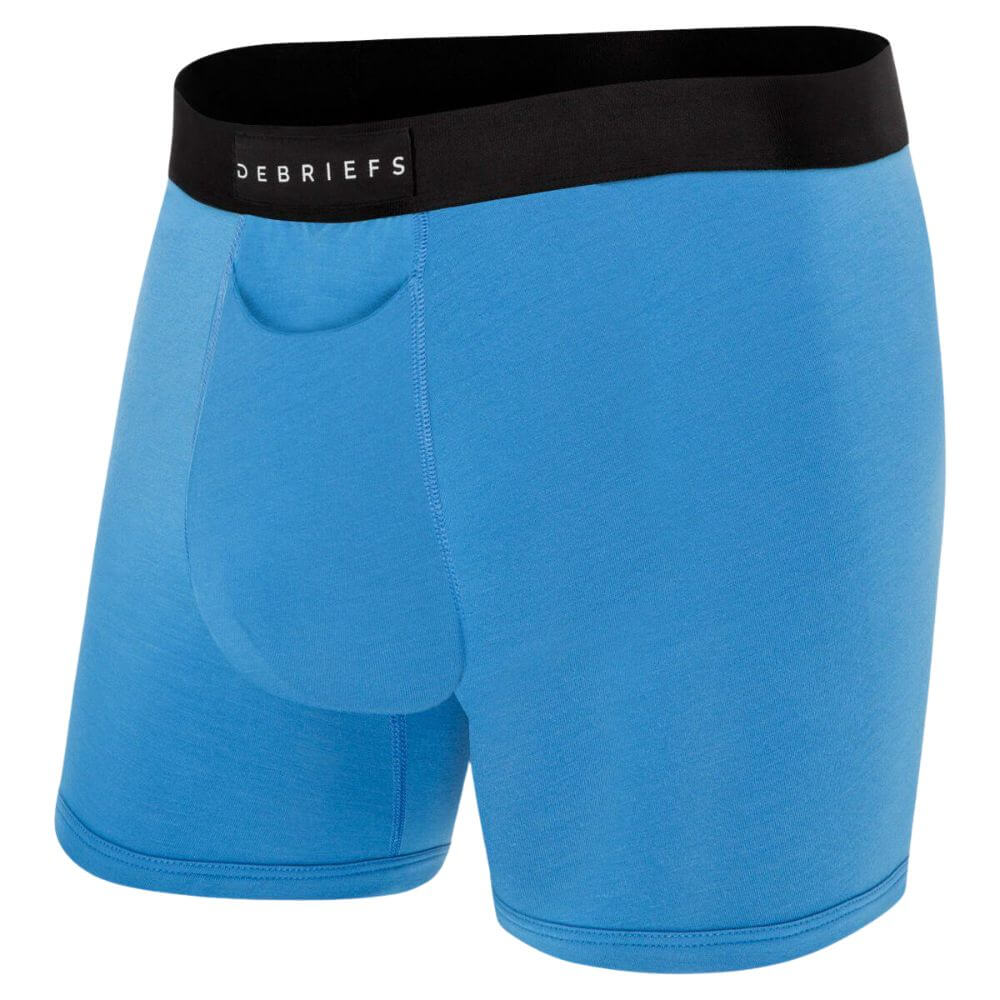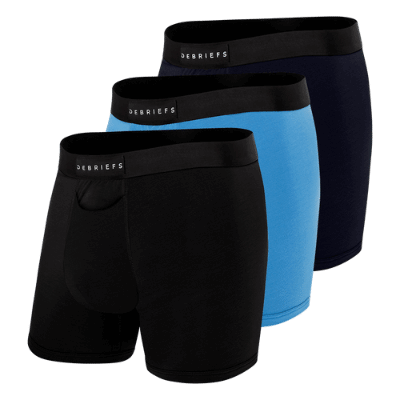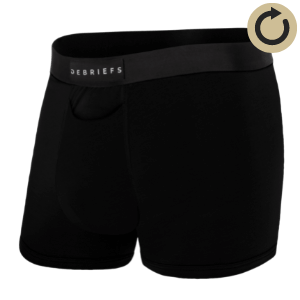There are lots of good reasons why having a bit of wine knowledge in your back pocket is a good idea. While no one is expecting you to become a sommelier (the ultimate in wine snobbery), being about to tell a Shiraz from a Merlot at a work function is a sure way to find common ground with any fellow wine lovers – bonus points if it's the CEO of your company. Likewise, being able to identify the best wine varietal on a menu is bound to score you some brownie points with your date. No one likes drinking bad wine, no matter how charming your one-liners are.
For most people, the first step on their journey to becoming a wine enthusiast is learning how to properly taste wine, so as to properly understand its flavours. In the following guide, we'll go through how to taste wine, and what you're looking for at every step.
Of course, sometimes you may not be able to go through the whole tasting process – for example, if you're just ordering off of the wine list. However, the more you taste, the more you will come to understand patterns in different varieties, vintages and labels. This will certainly help you to pick a winner from the wine list, even if you haven't tasted it.
If you do have the opportunity to taste, here's how to do it, and what to look for:
STEP ONE: OBSERVE THE WINE
You may be tempted to gulp it down right away, but hold off. This isn't a fishbowl of vodka/red bull and you're not in Thailand. Instead, hold the wine glass by the stem and slowly tilt it. Don't hold the glass by the cup part, as the warmth from your hand can affect the wine's taste and structure. Slowly tilt and swill the wine for about 10 – 15 seconds. This also aerates the wine, which helps smooth out the tannins (the tannins are what can make wine taste 'drying' in your mouth) and bring out the flavour.
You are looking for a few things here. Firstly, what is the colour of the wine? A general rule here is that the darker the colour, the bigger the flavour. Lighter varietals, such as pinot noir, tend to have less depth of colour whereas big showstoppers such as Shiraz tend to be much darker.
It is worth saying that with wine, bigger is not necessarily better. While some people do love the full-bodied reds, others find them overpowering and prefer the subtleties of lighter varieties. Generally, if you are introducing someone to wine, try to go for something a bit subtler. You don't need to bash them over the head with a massive Barossa Shiraz on their first go.
STEP TWO: SMELL THE WINE
I know this is the bit that new wine tasters normally think looks a bit silly. We're not talking about giving it a polite little sniff and making some vague comments about it smelling like grapes. You need to really get your nose in the glass, and inhale (obviously not so violently that you end up with wine in your nose).
However, in order to really appreciate the flavours of the wine, this is necessary. By getting your nose right in the glass, you avoid other smells from 'tainting' your perception, and it just amplifies the flavours so you have a better shot at identifying them. Really think about what flavours you are picking up on – for red, some common flavours might be raspberries, tobacco, chocolate or violets.
If you're new to tasting, this might be a bit of a challenge. That's fine – practice helps and there really aren't any "wrong" answers. Perhaps you could start more general – does it seem fruity? Earthy? Within reason, there are no "bad" tastes – it's more about your personal preference, and how well they go together.
STEP THREE: TASTE THE WINE
Now for the good part – the actual drinking of the wine. But wait, there's more to it than just chugging it down.
As above, wine generally tastes better when it has been aerated. The oxygen helps to break down the tannins and make the wine a bit smoother and more approachable. There are tools that can help you do this, such as decanters, but if you're at a restaurant or Christmas function you're probably not going to whip one of those out.
Instead, you need to try to aerate it in your mouth. Forget everything your mum has taught you about table manners, and really give it good swill around in there so it gets mixed up with air. It's in the name of fine wine! Of course, you might like to skip this step if you're at your in-laws' dinner table.
When tasting the wine, you are really looking at three things. Think of wine like a book – a book with a really amazing introduction but a crap ending is pretty disappointing. Just like a book, wine should have a good beginning, middle and end, that is all smoothly linked together.
For the beginning, you're looking for initial tastes. What do you notice immediately about the wine? Is it very fruity? Sweet? Dry? This is your very first impression of the wine. One of the things you are looking at is how 'approachable' the wine is – is it nice and smooth, or were you hit by the alcohol?
The middle is usually called "mid palate", and it is very important. To go back to the book analogy, the beginning needs to be linked to the ending with something that is interesting and makes sense. Wine is much the same – you're looking for a good transition between that initial flavour burst and the aftertaste. If a wine is "hollow", then it lacks a good middle.
Finally, you need to consider the "ending" of the wine, or what hangs around in your mouth after you've swallowed it. There might be nothing, which is not usually considered a good thing. Or, it might leave a silky texture, or perhaps your mouth feels dry. Think about what you notice about the flavour and texture, and whether you like it.
CONCLUSION
While it might seem like a lot of information when it's broken down, soon tasting wine will be totally natural. The more that you taste, the more you will start to recognise patterns in different varieties and vintages. You'll be well on your way to impressing everyone with your wine knowledge and choices.







